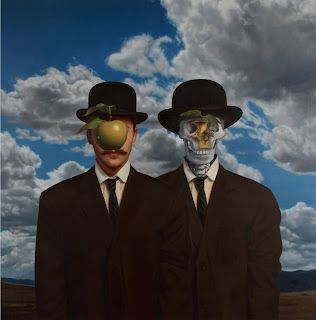Nil, Nil #5, 2008
Shadi Ghadirian is an Iranian Photographer whose work clearly reflects the culture she is surrounded by. Like the image above (Nil, Nil #5) most of her pieces reflect a duality and contradiction that is experienced in life.
Shadi Ghadirian was born in 1974 in Tehran, Iran. She is a photographer who continues to live and work in Iran. Ghadirian studied photography at Azad University (in Tehran). After finishing her B. A., Ghadirian began her professional career as a photographer. Currently, Ghadirian works at the Museum of Photography in Tehran.
The image provided merely scratches the surface of Ghadirian's style. Check our more of her work at her official site.Her work is intimately linked to her identity as a Muslim woman living in Iran. Nonetheless, her art also deals with issues relevant to women living in other parts of the world. She questions the role of women in society and explores ideas of censorship, religion, modernity, and the status of women. Her work has been exhibited in museums and galleries across Europe, and the U.S.A. She has also been featured in print and electronic media (including the New York Times, Photography Now, the Daily Telegraph, the BBC and others). Her work is in the collection of the Los Angeles County Museum of Art, among others.
Happy Friday!
-Denner




